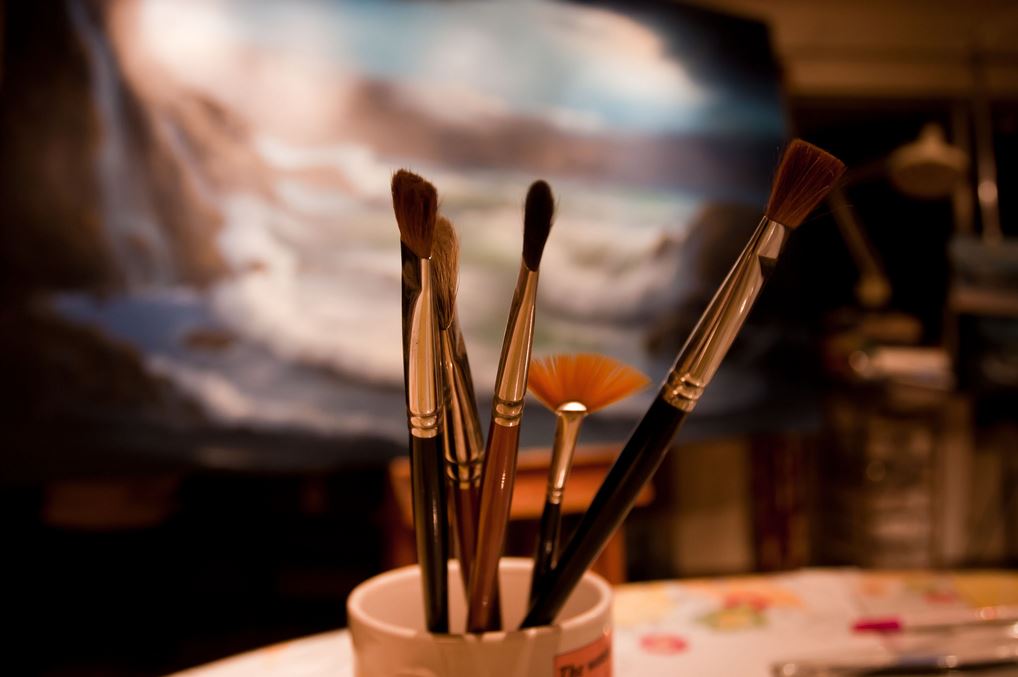Living artists should approve restoration plans, Chubb advises

For picture credit see end of article
Before carrying to restoration on damaged work by a living artist, permission must be obtained from the artist to carry out the work. This is the key message of a new white paper on “Conservation of the Works of Living Artists,” released this week by the Chubb Group of Insurance Companies.
The paper is a response to a major generational shift in art collecting from Impressionist and Modern to Post-War and Contemporary works, which means that collectors are more likely to need to involve living artists in restoration decisions.
“Based on the Visual Artists Rights Act (VARA) of 1990, living artists should be consulted before any restoration begins on their works,” said Laura Murphy Doyle, a fine art specialist at Chubb Personal Insurance who authored the paper. “Failing to do so could prompt an artist to unnecessarily denounce a work, essentially rendering it worthless.”
In such a case, Doyle explained that an insured work would be considered a total loss, and an insurer would require that it be destroyed or donated to an organization for conservation research, so that it doesn’t resurface on the art market.
“Although insurance may help reimburse the insured for the loss, most collectors would prefer to continue to enjoy owning and displaying the work, not to mention retaining it for potential future appreciation,” said Doyle.
According to the white paper, unless artists waived their VARA rights prior to damage, they can elect to:
- Perform a restoration themselves or in collaboration with a conservator;
- Approve the treatment plan and allow conservators to perform the entire restoration; or
- Denounce the work if it has been distorted, mutilated or modified to the extent that they no longer view it as their original piece.
“In the vast majority of cases where an artwork is damaged, the artist is willing to be involved—actively or as consultant—in the conservation,” the paper concludes. But in some cases, artists “have disclaimed authorship of a piece due to relatively minor damage.”
The paper also notes that since VARA only covers works of visual art, including paintings, sculpture, drawings, prints, and certain still photographs, its application to new media is unclear. This category of art includes works created using digital technology, computer graphics and animation, video, robotics, 3-D printing and biotechnology. VARA, as is the case with most insurance, also does not apply to artwork incorporating ephemeral materials, such as insects, leaves and other organic matter, that naturally deteriorate over time.
Both new media, based on technologies that rapidly can become obsolete, and ephemeral materials are creating challenges for conservators. “It becomes more important to involve the artist in such a work’s preservation,” the paper states.
“Conservation of the Works of Living Artists” is available at:
http://www.chubb.com/journalists/chubb20265.pdf.
Picture credit: Emily Hildebrand on Creative Commons license.